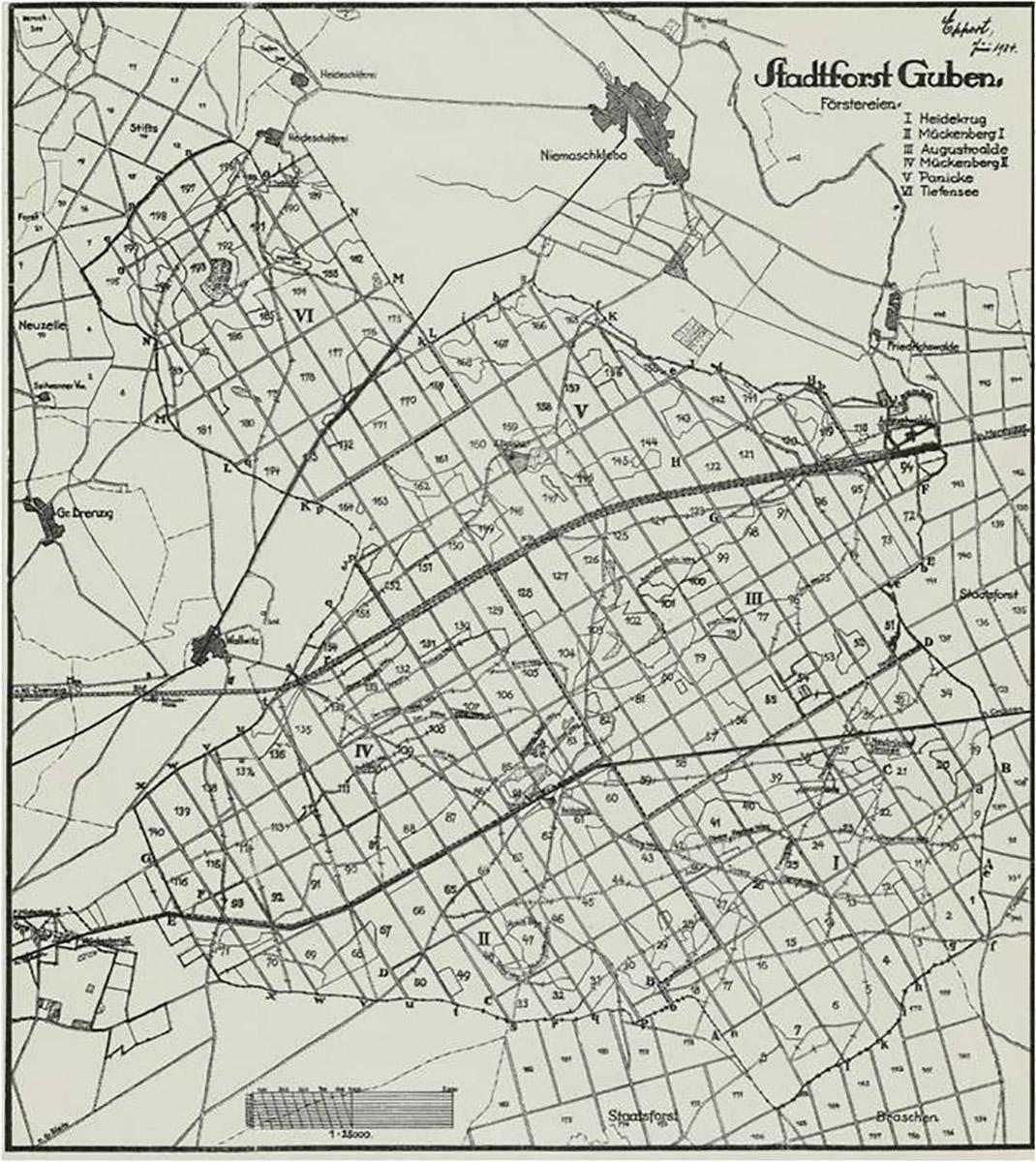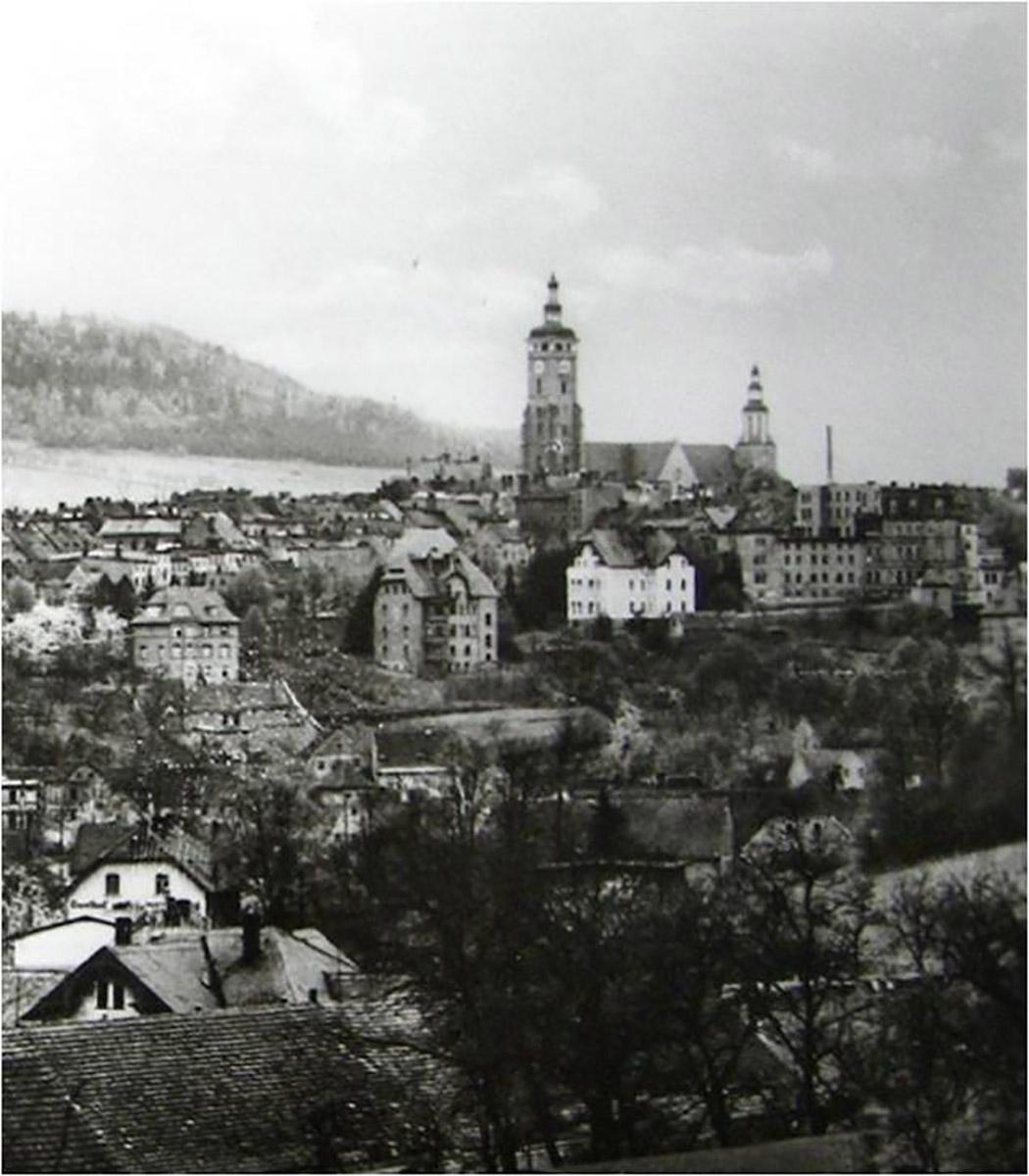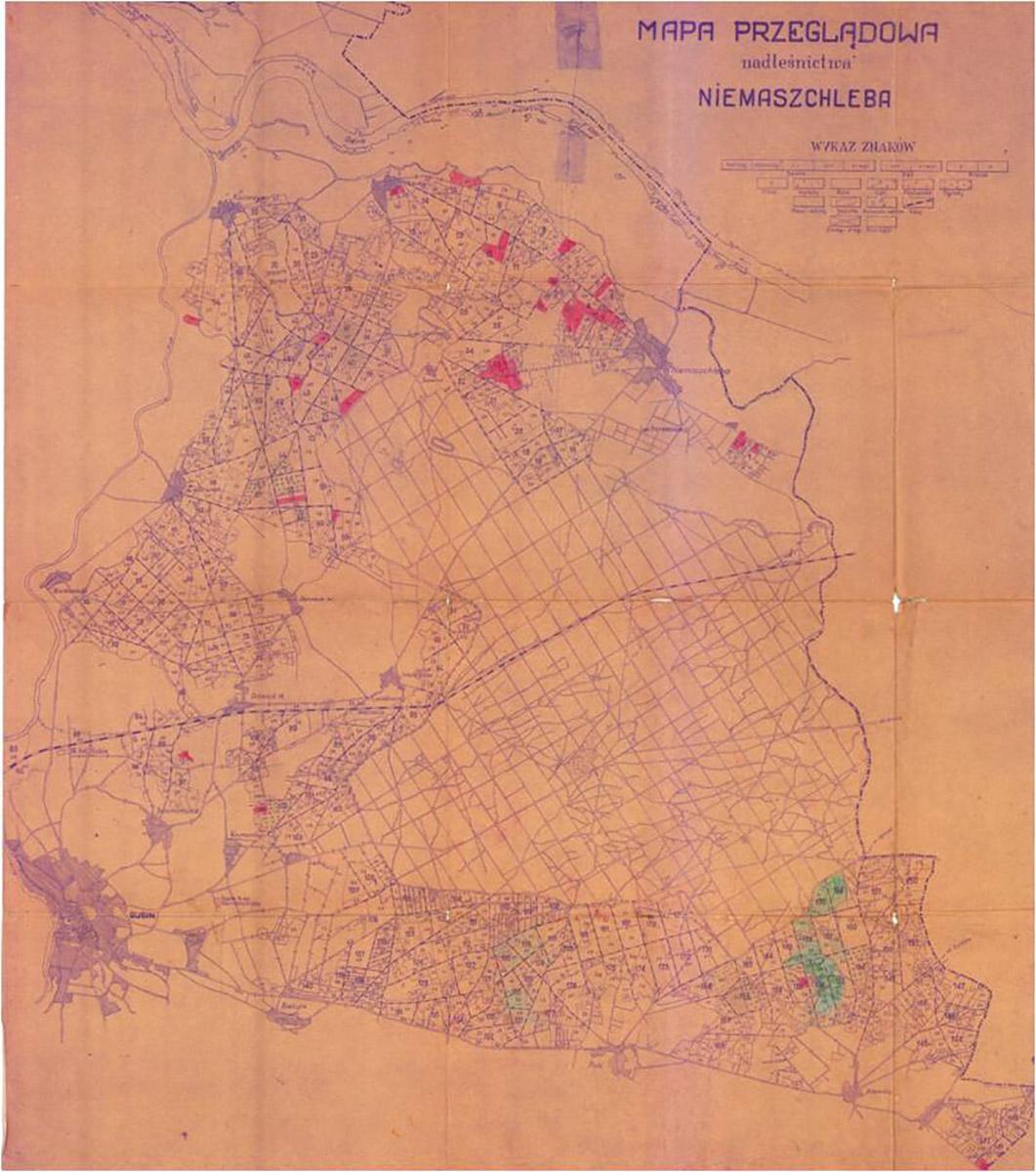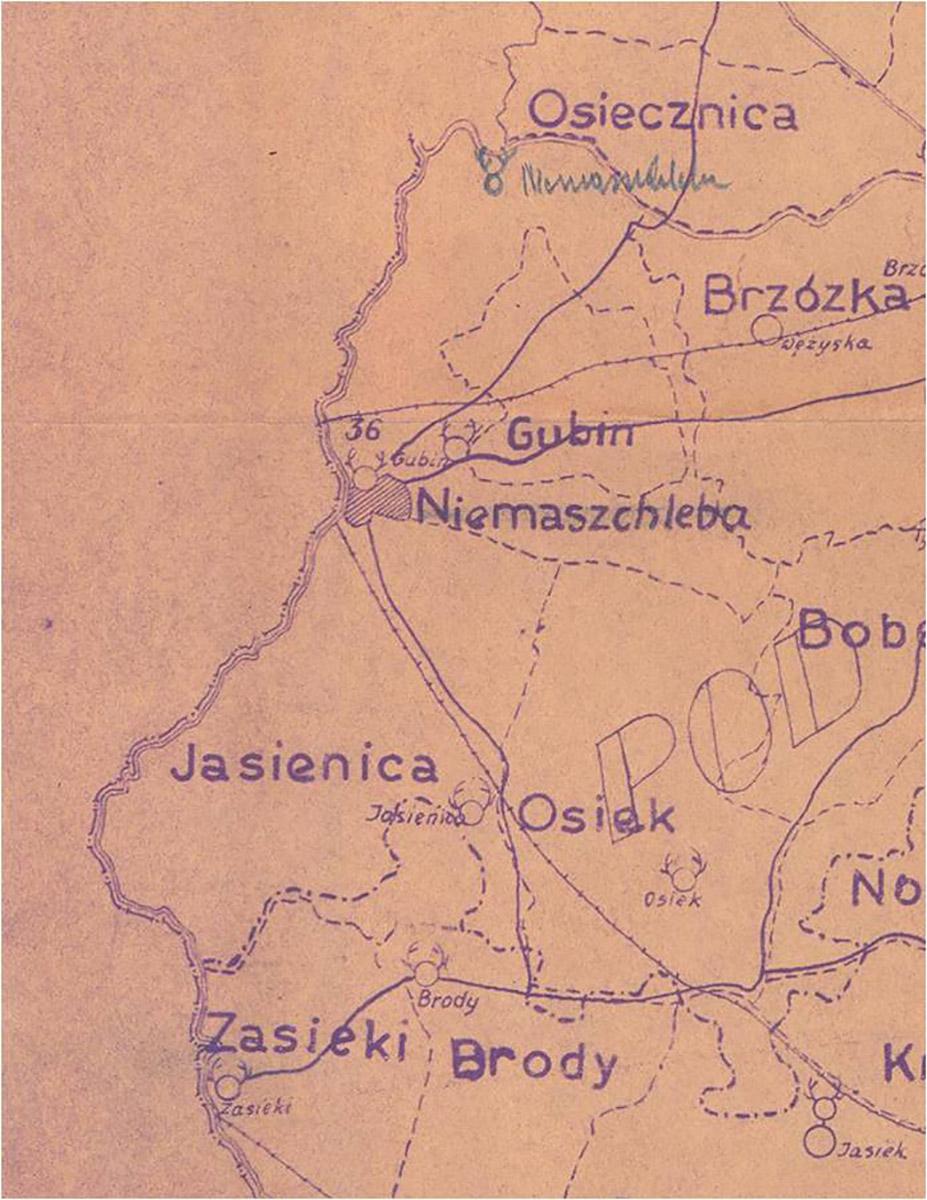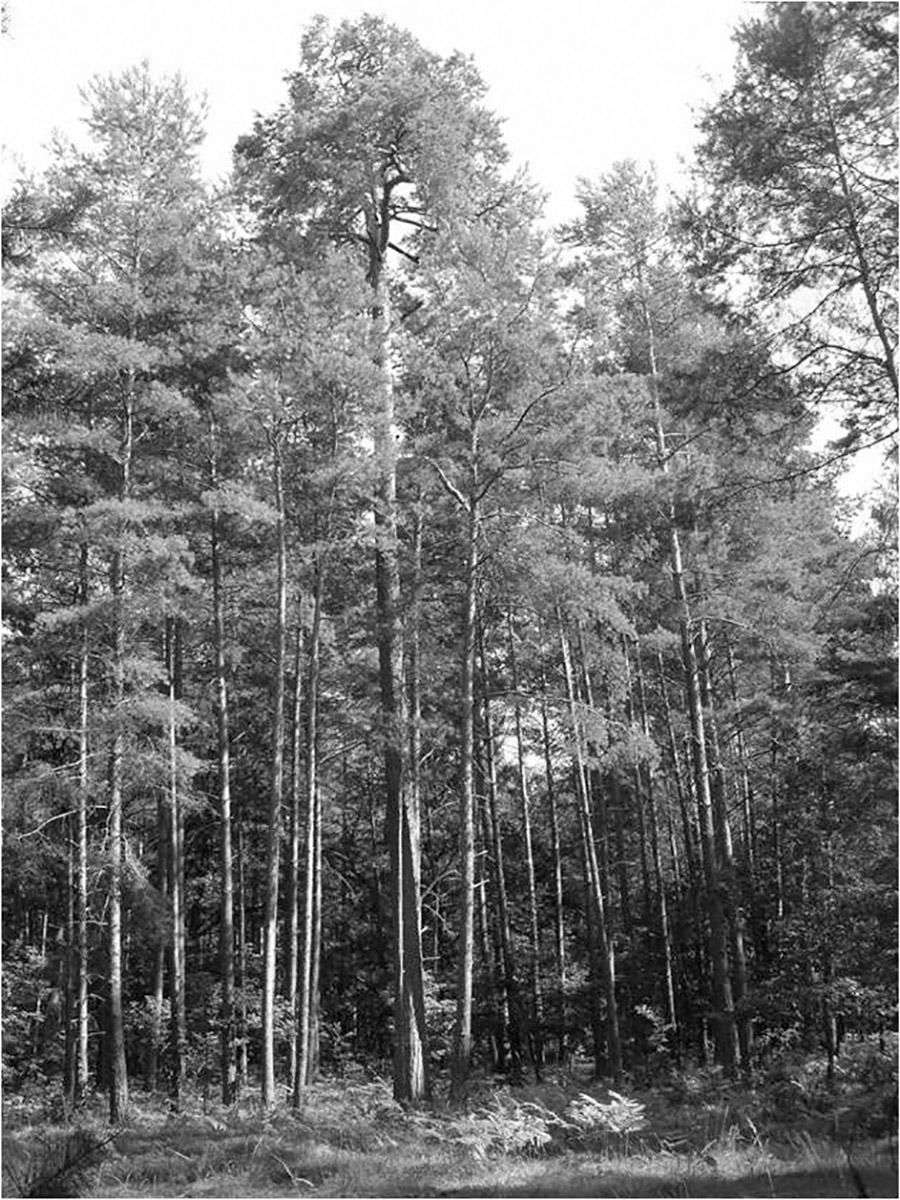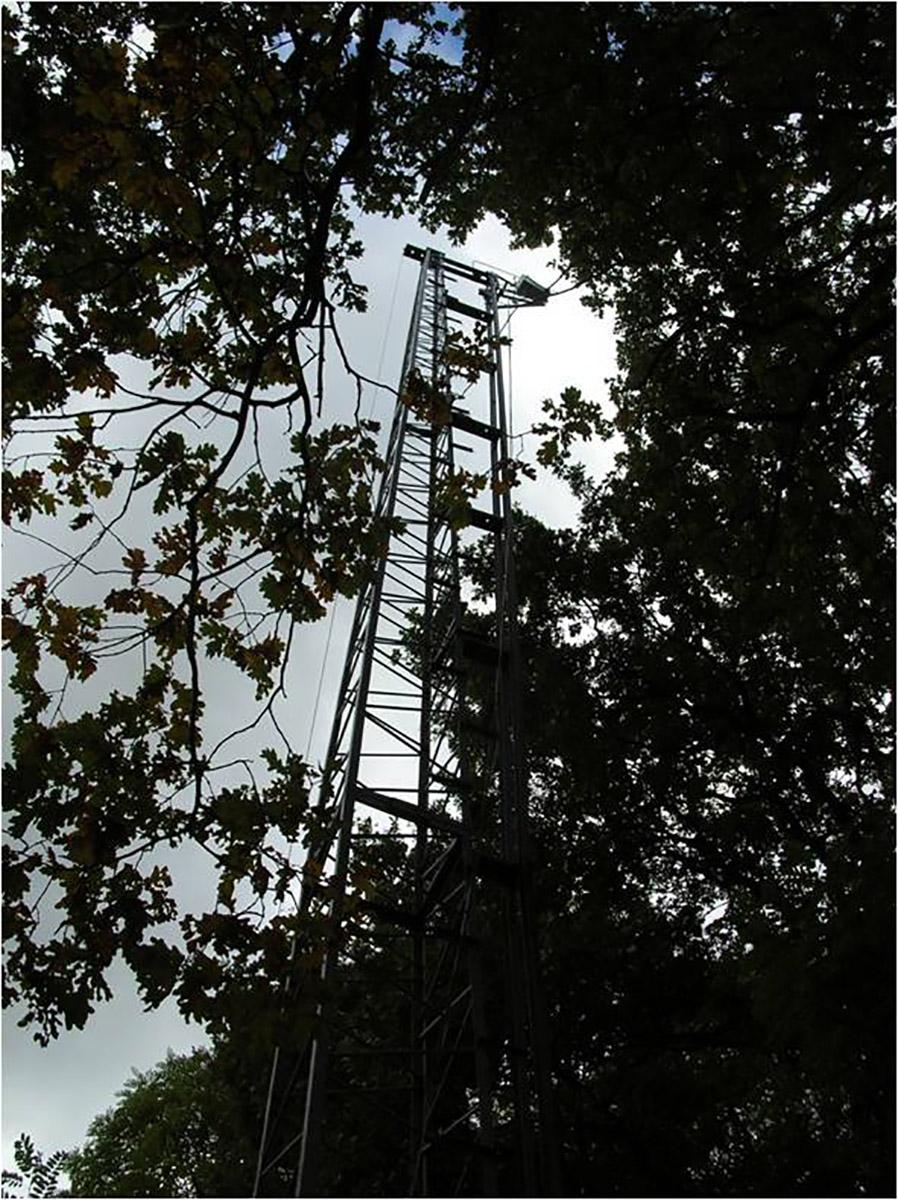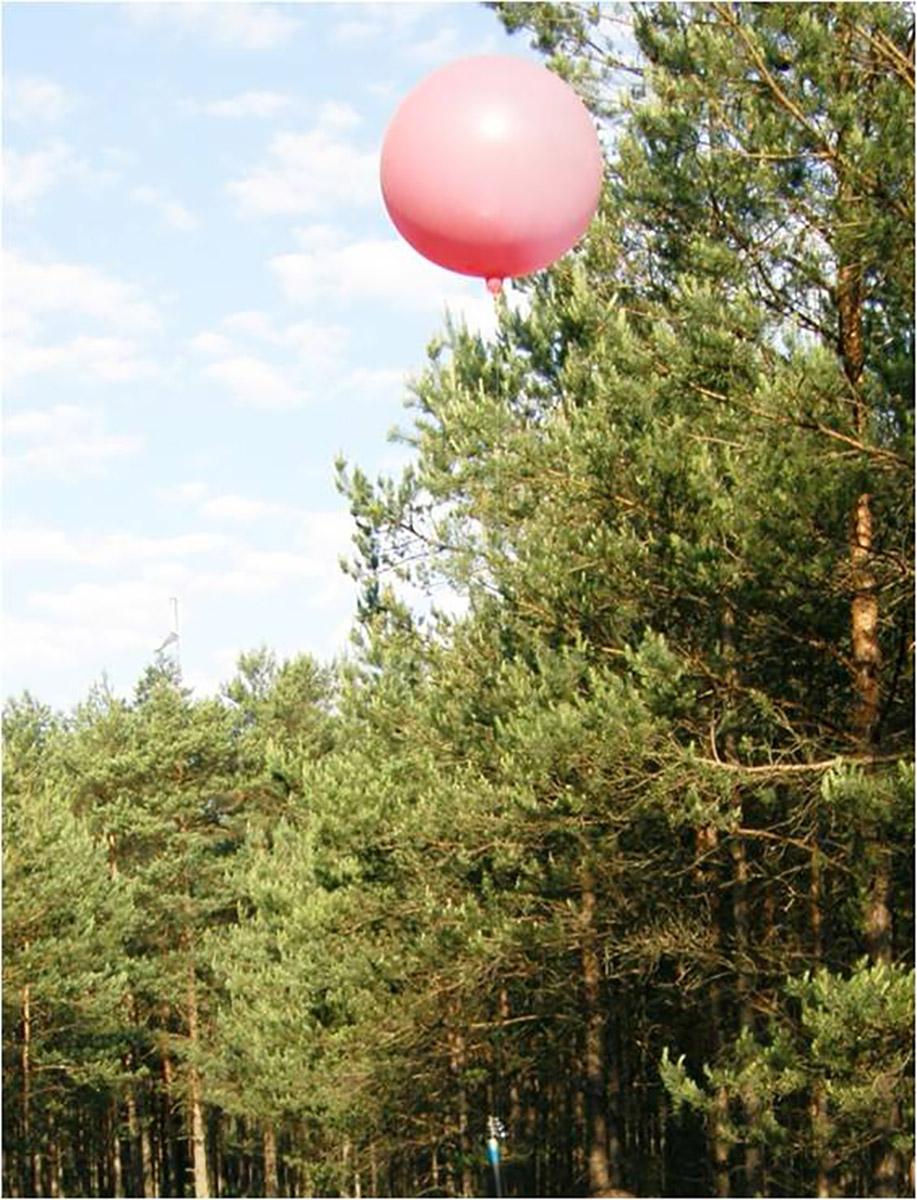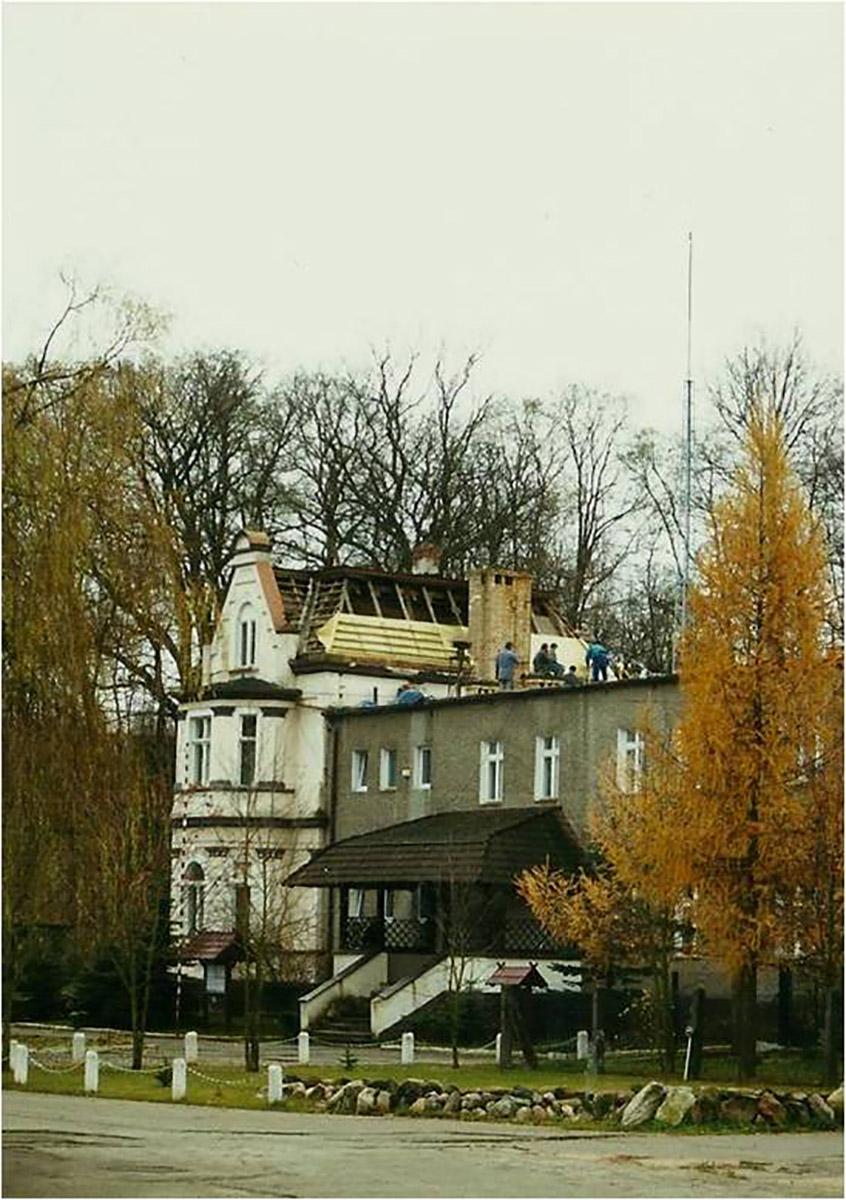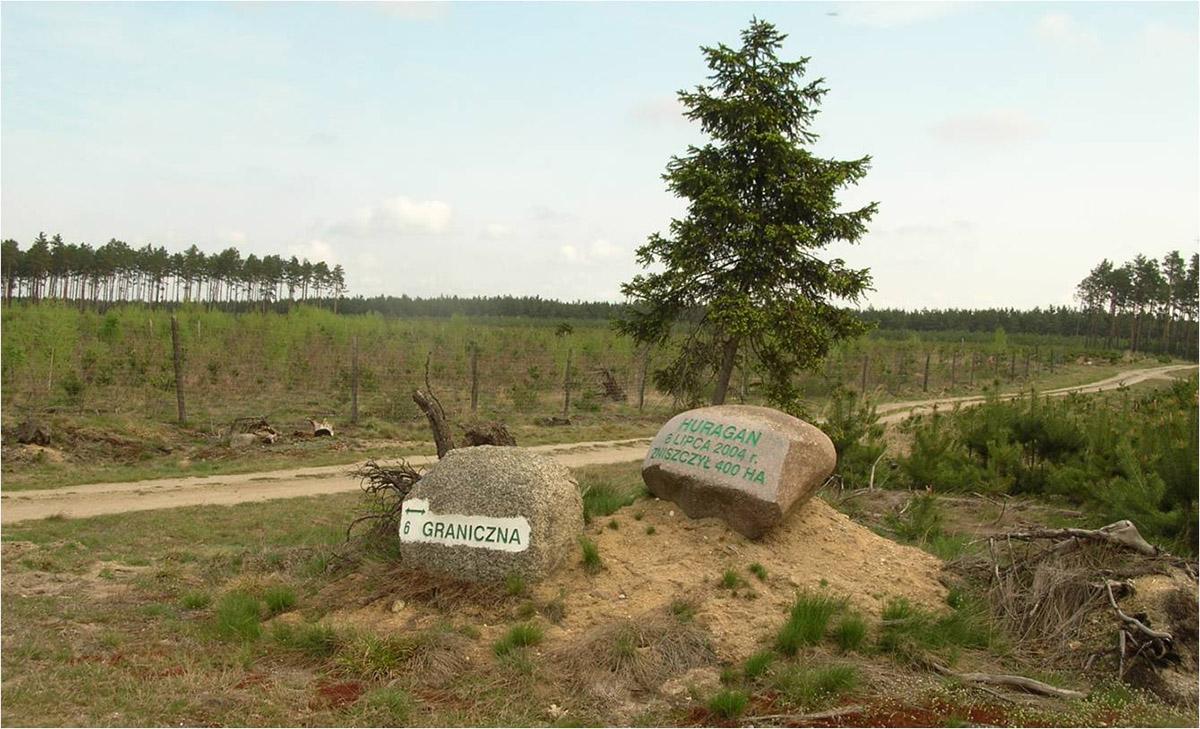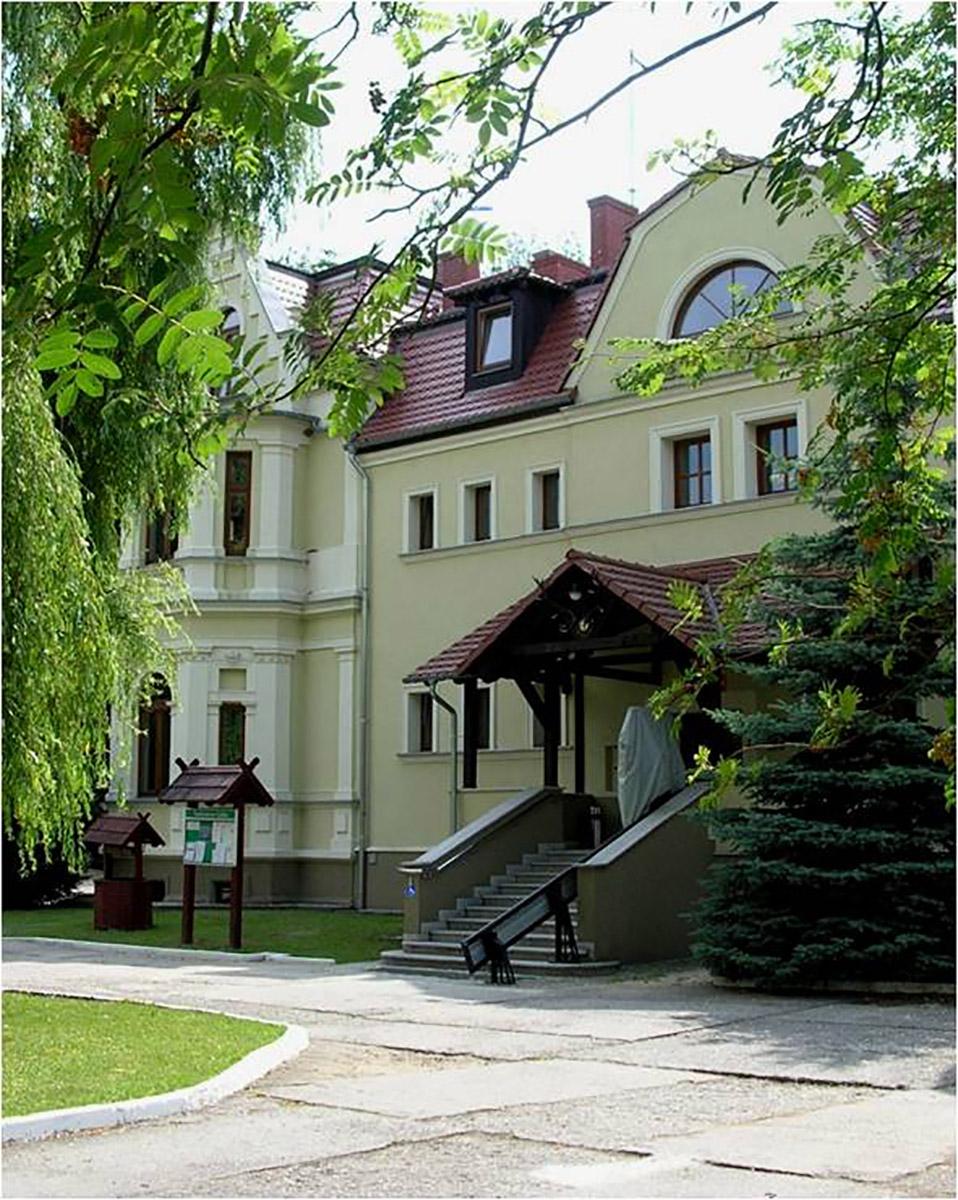 Asset Publisher
Asset Publisher
WORTH SEEING
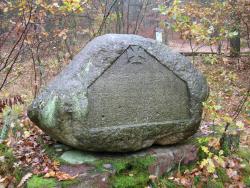 Dzikowo-2, fot. Archiwum Nadleśnictwa Gubin
Dzikowo-2, fot. Archiwum Nadleśnictwa Gubin
 Wyspa Teatralna w Gubinie źródło: Gubin.pl
Wyspa Teatralna w Gubinie źródło: Gubin.pl
There are many places worth seeing in the municipality of Gubin. One of them is a XIV century town hall, which has been the principal office of the local authorities for years. During the WWII the town hall was badly damaged. Its renovation took almost 10 years. Since 1986 the western wing of the building holds the Municipal Public Library, the Pedagogical Library and the Gubin Community Centre.
One of the grand buildings in Gubin is its ruins of the parish church. The building was erected in a Romanesque style. The first mentions about the building are dated on 1324. During the WWII the church was almost completely destroyed. As it was not restored in the following years, it was secured as a permanent ruin in the 1970s.
In the area of the Gubin Forest District, in Chlebowo, there is a historic church of St. Joseph the Betrothed built in XIII century. The church was renovated many times. In 1900 the church tower was pulled down as there was a danger of its collapse. In the collection of the church, one may see a painting depicting St. Joseph with Baby Jesus and the bust of Heavenly Mother of Rokitno. In 1947 the church was converted from Protestant to Roman Catholic.
In Sękowice, in the area of the Gubin Forest District, there is an Evangelical church, which was converted to Roman Catholic church of the Holy Family The building in the shape of octagon was built in the second half of XVII century. The church possesses historic Renaissance tombstones, a Baroque altar and a baptismal font from the second half of XVII century.
In Gubinone can see the remains of the town walls from the turn of XIV and XV century. Together with three gates, the walls were a part of a powerful defence complex. The Round Keep of the Ostrów Gate (Cylindryczna Baszta Bramy Ostrowskiej) is one of the most characteristic buildings in Gubin.
 Asset Publisher
Asset Publisher
 Asset Publisher
Asset Publisher
HISTORY
HISTORY
In 1286 the town of Gubin made a trade transaction that benefited the town and its growth for centuries, becoming its main source of income. The residents of Gubin have bought the Tholmer village, together with all its rights, outbuildings and adjacent land, from Henry the Illustrious. Although the village had been destroyed by the Husites, it was surrounded by valuable forests and meadows. The village was located around present-day Dzikowo, 8 km east of Gubin. Over the centuries, the purchase of the land proved to be a more and more valuable investment. It was a beginning of municipal forest growing on picturesque hills. The purchase was a well-founded move as the town could only expand to the east then (other directions were managed by monasteries).
In 1726 the residents of Gubin lodged a complaint on the authorities of the town on the matter of mismanagement of the municipal forests. The complaint had to do with allowing many villages to pick wood from the forests and the profit that could have been much higher. After the intervention the authorities limited wood picking (to two days a week) and made it available only for the residents of Gubin. In 1822 a forest deputation was created to manage the forest (it included the mayor, a member of the council and four residents; later also a head forester).
On 25 May 1830 a powerful storm has passed through the town and the forest. Around 140 thousand trees were blown down. The effects of the storm were visible for 10 years. The wood from the trees that were blown down was used for repairs of damaged buildings. In turn, in 1840 huge fires has hit the forest.
After that period, the forest management became more profitable and all the town districts were developing thanks to wise decision of the then mayor Bothmer. Dzikowo Forest District headquarters was built and the first forester obtained an office apartment. In the next years Gubin was hit by a few insect plagues. Many residents had to fight the plagues and thousands of marks were spent to fight it. In 1888 exploratory drillings were made in the forests in search for brown coal, however, the results were insignificant and unprofitable. The Municipal Forest District Office in Dzikowo was open until World War II. Its building was demolished in 1999 because of modernisation of a national road.
The area of around 6000 ha of municipal forests was divided into 6 forest rangers area in those times.
